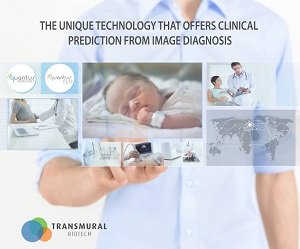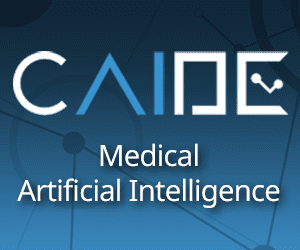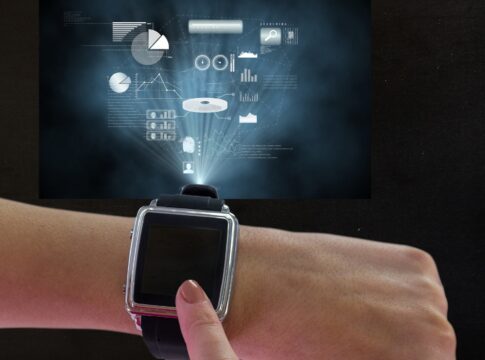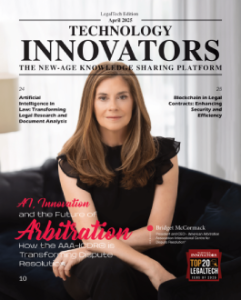The combination of blockchain technology and IoT (Internet of Things) has the potential to enhance security, privacy, and trust in connected devices and networks. Blockchain, a decentralized and tamper-resistant digital ledger, can provide a secure and transparent framework for managing IoT device identity, data integrity, and transaction verification. Here are some ways in which blockchain and IoT work together to enhance security and trust:
Device Identity and Authentication: Blockchain can establish a secure identity for IoT devices, enabling reliable authentication and authorization. Each device can have a unique digital identity stored on the blockchain, eliminating the risk of unauthorized access or tampering. This ensures that only trusted devices can connect to the IoT network, reducing the possibility of malicious attacks or unauthorized control.
Data Integrity and Immutable Audit Trail: Blockchain can ensure the integrity and immutability of IoT data. By recording data transactions on the blockchain, any alteration or tampering attempts can be easily detected. This creates an auditable and transparent system where all data changes are recorded and can be traced back to their source. It increases the trustworthiness of IoT data, which is crucial for applications such as supply chain management, healthcare, and smart contracts.
Secure Data Sharing and Monetization: Blockchain facilitates secure and transparent data sharing between IoT devices and entities. Smart contracts, self-executing agreements stored on the blockchain, can enable direct peer-to-peer data transactions without the need for intermediaries. IoT devices can securely share data with authorized entities while maintaining control over data ownership and monetization. This empowers individuals and organizations to share data and receive fair compensation while maintaining data privacy and security.
Distributed and Resilient Networks: Blockchain can provide a decentralized architecture for IoT networks, increasing resilience and fault tolerance. Traditional centralized IoT networks can be vulnerable to single points of failure or targeted attacks. By distributing the blockchain ledger across multiple nodes in the network, it becomes more resistant to attacks and ensures the continuity of operations even if some nodes fail or are compromised.
Supply Chain Traceability and Transparency: Blockchain combined with IoT enables end-to-end traceability and transparency in supply chain management. By recording every transaction and event on the blockchain, stakeholders can track the movement and history of goods throughout the supply chain. This enhances transparency, reduces counterfeiting risks, improves quality control, and facilitates compliance with regulations and standards.
Secure Firmware and Software Updates: Blockchain can ensure the integrity and authenticity of firmware and software updates for IoT devices. By using cryptographic signatures stored on the blockchain, IoT devices can verify the authenticity and integrity of updates, reducing the risk of compromised or malicious updates. This enhances the security of IoT devices and protects against vulnerabilities or unauthorized modifications.
Decentralized IoT Marketplaces: Blockchain-based platforms can create decentralized marketplaces for IoT devices and services. These platforms enable secure peer-to-peer transactions, reputation systems, and smart contract-based agreements between buyers and sellers. This fosters innovation, interoperability, and competition while maintaining trust and security in the IoT ecosystem.
While the combination of blockchain and IoT holds great potential, challenges such as scalability, interoperability, and energy efficiency need to be addressed. Nevertheless, blockchain technology offers robust security and trust mechanisms that can significantly enhance the security and reliability of IoT deployments, fostering the growth and adoption of connected devices in various industries.








